
Radial-powered one-off Guidobaldi leaning car
By Dean Larson
Photos: Seller, Hemmings
It seems brilliant yet incredibly simple at the same time, the kind of thought that drives you to question why no one’s tried it before. If a bicycle could turn by tilting on its axis, could the same theory be applied to the automobile? As an accomplished cyclist, talented engineer and gifted gearhead, Francois Guidobaldi was just the man to test the concept, and he spent two decades developing and testing the theory with this vehicle, sometimes called the Guidomobile. Complete with a supercharged two-stroke radial engine and an innovative suspension system that allowed the car to lean into corners, the Guidomobile was a radical homebuilt racer that nearly reinvented the wheel.
Guidobaldi was born in 1888 and lived in Antibes, France, and he quickly discovered natural talents in cycling and engineering. By the early 1900s, Guidobaldi had become a champion cyclist, and soon started to engineer his own automotive parts and designs. He was awarded his first patent in 1912 for a carburetor, the first of 28 patents he’d file for in his life. Guidobaldi also worked as a team mechanic for a Bugatti racer in the late 1920s and early ’30s, and also developed and built an air-cooled 10-cylinder aircraft engine during these years. With all these accomplishments to his credit, it comes as no surprise that Guidobaldi began designing his own race car with this innovative suspension design in the late 1930s.
The concept of a car that could tilt into corners was not necessarily a brand new idea, but it had never been perfected, or truly worked out. Word is that Guidobaldi was likely inspired by a 1937 patent filed by Paul Furet, and he started work on a chassis design that could make use of the concept. Unfortunately, the outbreak of World War I and the intense demand for raw materials made it hard for Guidobaldi’s build to progress, and much of the car’s development would come after WWI and WWII.
By 1956, Guidobaldi had constructed a full rolling chassis with a driveline and suspension to prove his concept. The car used a narrow ladder chassis positioned as close to the ground as possible to keep the center of gravity low. This basic chassis was hung from the suspension system using two triangular structures that would allow the chassis to swing like a pendulum from side to side. Presumably, the length of the upper and lower control arms allowed the wheels to tilt while cornering, and a pair of heavy springs helped return the car to center and controlled the pendulum effect while driving straight. Suspension dampening was a unique challenge given this setup, so Guidobaldi designed a dampening system that utilized rubber segments sandwiched between steel plates mounted inboard. Four knock-off wire wheels were sourced from a Bugatti, along with aluminum finned drum brakes.
Finding a suitable power plant was also a unique challenge to overcome, as the car required an engine with an extremely low center of gravity so as to not interfere with the suspension’s function. So naturally Guidobaldi made his own. The final power plant was an air-cooled eight-cylinder, two-stroke radial engine designed and built by Guidobaldi, and force-fed by two Roots-style Bugatti superchargers. The engine’s crankshaft ran vertical, and used a separate shaft to send power to the transaxle. Two Guidobaldi-designed carburetors fed the engine through intake manifolds that ran under the car, and dual magnetos handled spark. The 1.5-liter engine developed around 180 hp, and was mounted mid-ship in the chassis to keep weight balanced. Guidobaldi unveiled his entirely homemade rolling chassis at the 1956 Exposition Automobile de Nice, and what a sight it must have been.
The show generated much interest in the concept from manufacturers, but Guidobaldi returned with home to Antibes to focus on developing the chassis into a full automobile. Body panels were fashioned out of aluminum in the style of the iconic Auto Union Grand Prix racers of the 1930s, with large scoops incorporated to keep the engine cool. Additional openings in the bodywork were required for suspension clearance, and a fuel cell was mounted in the center of the car, surrounding the driver, to keep weight centered.
With the Guidomobile finished, Guidobaldi reportedly tested the car extensively on the roads of Southern France. Apparently he was satisfied with its basic function, but wanted to fine-tune its function further. Some sources indicate that the car’s handling needed work on curvy roads, which caused the car to lean back and forth, but Guidobaldi must have had a solution in mind, as he planed to base a whole series of passenger cars on the concept.
Several large manufacturers were interested in Guidobaldi’s concept and came to France to study the design. The most serious of these was Mercedes-Benz, but they were reportedly not interested in the radial engine, and negotiations broke down. Without a way to finance a formal racing effort or the development of passenger cars, Guidobaldi’s car fell into obscurity, and he passed away in August of 1971. The Guidomobile was purchased from Guidobaldi’s son in 1980, and was restored to running condition with a new aluminum body in 2010. Considering all the custom-built components in the car, restoring it must have been a tall order.
Today, Guidobaldi’s brilliant leaning car serves not only as an intriguing classic car with loads of visual and mechanical appeal, but also a testament to what one determined individual can accomplish. Even with the proliferation of CAD, CNC machining and 3D printing, the prospect of building this car and all of its components is daunting, and Guidobaldi did it all himself, by hand, more than 60 years ago. The Guidomobile has been featured in multiple publications, displayed at the Cité de l’Automobile – Musée National, Collection Schlumpf in Mulhouse, France, and was awarded first prize in the technology category at the Concours d’Elegance du Monaco. This amazing one-off automobile is currently offered for sale here on Hemmings for $390,000.

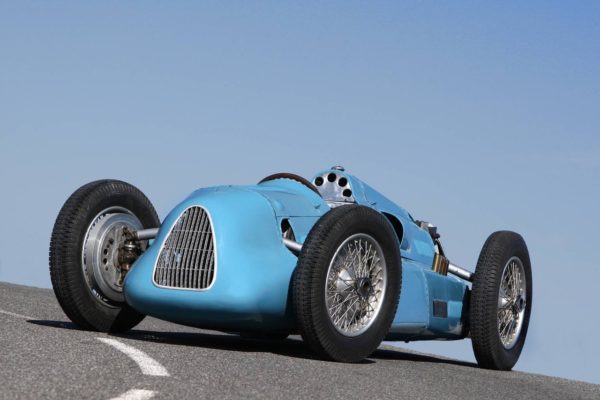
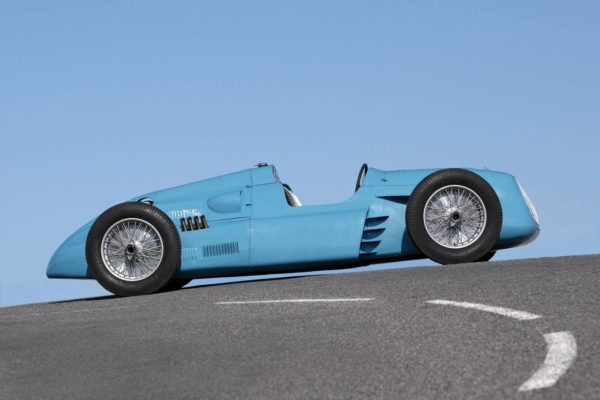
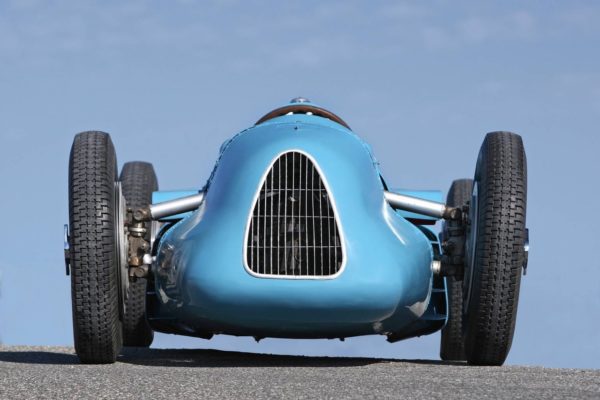
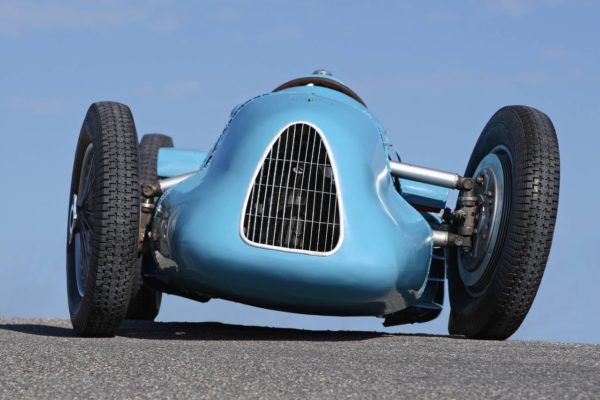
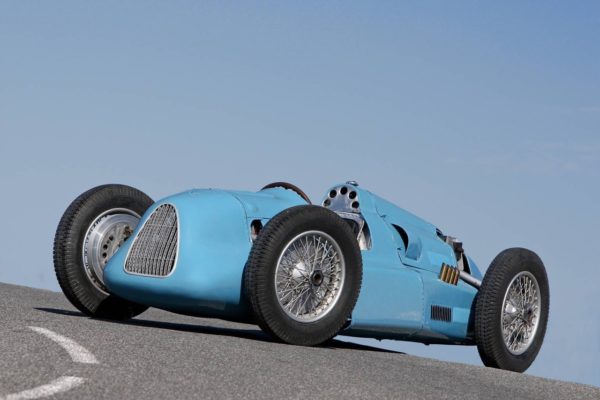
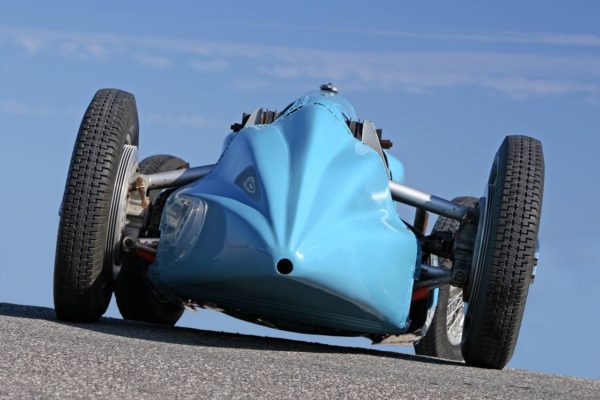
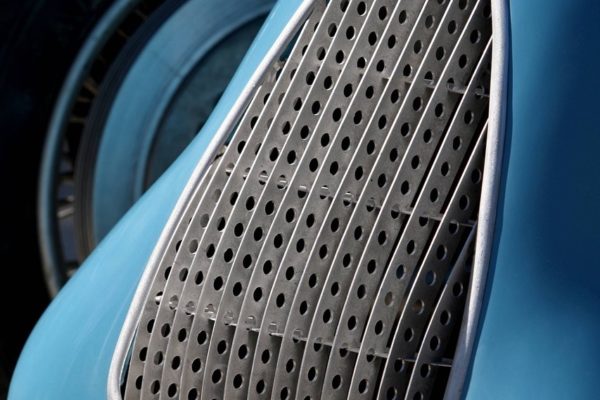
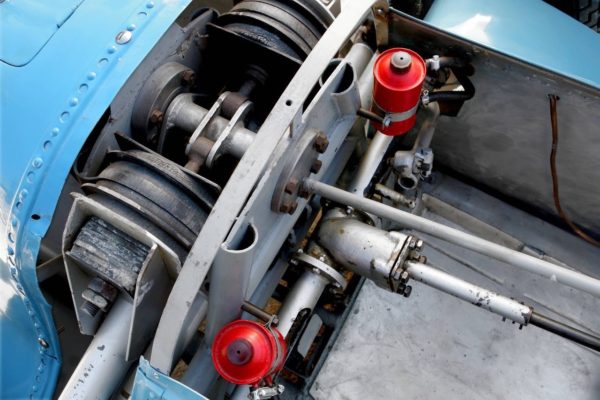
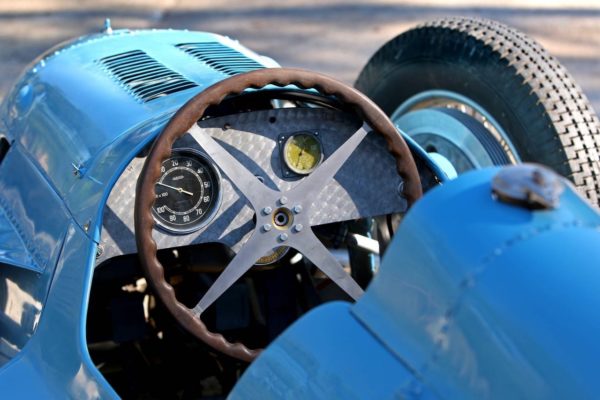
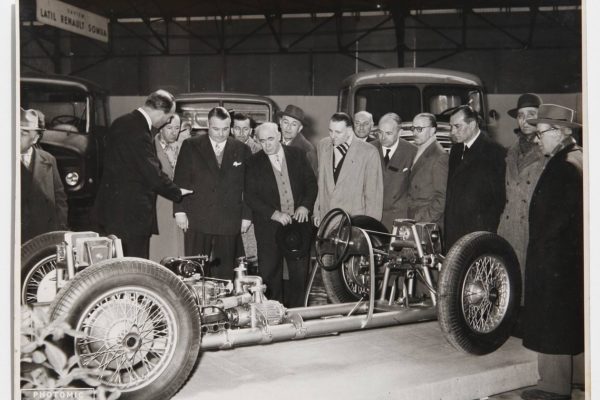
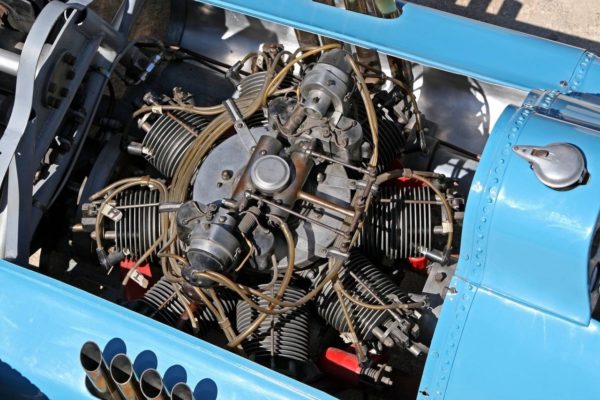
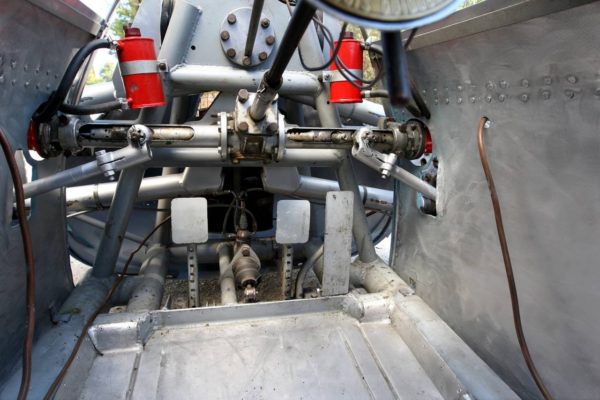
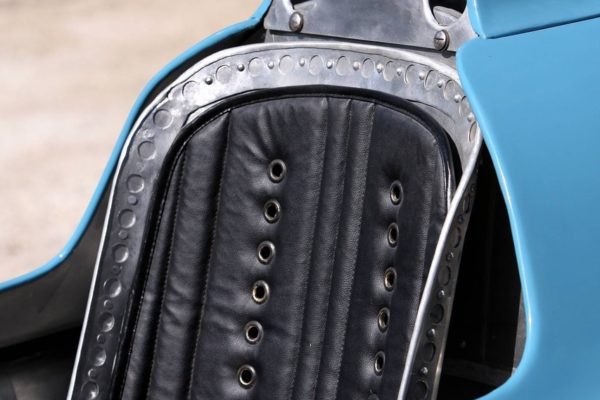
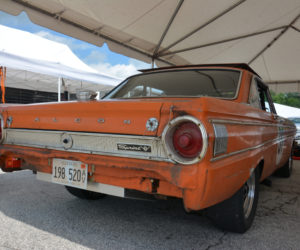
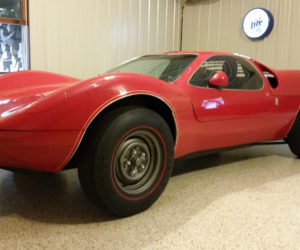
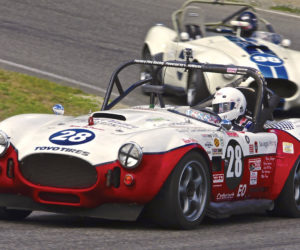
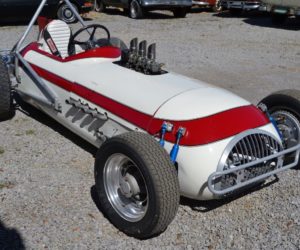
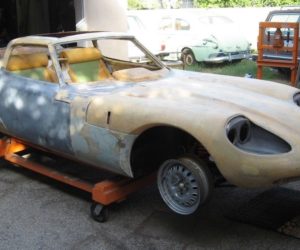
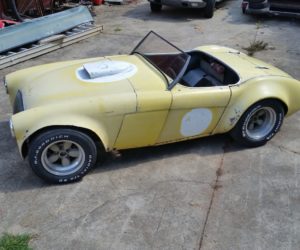




Comments for: Guidobaldi’s Brilliant Leaning Car
comments powered by Disqus